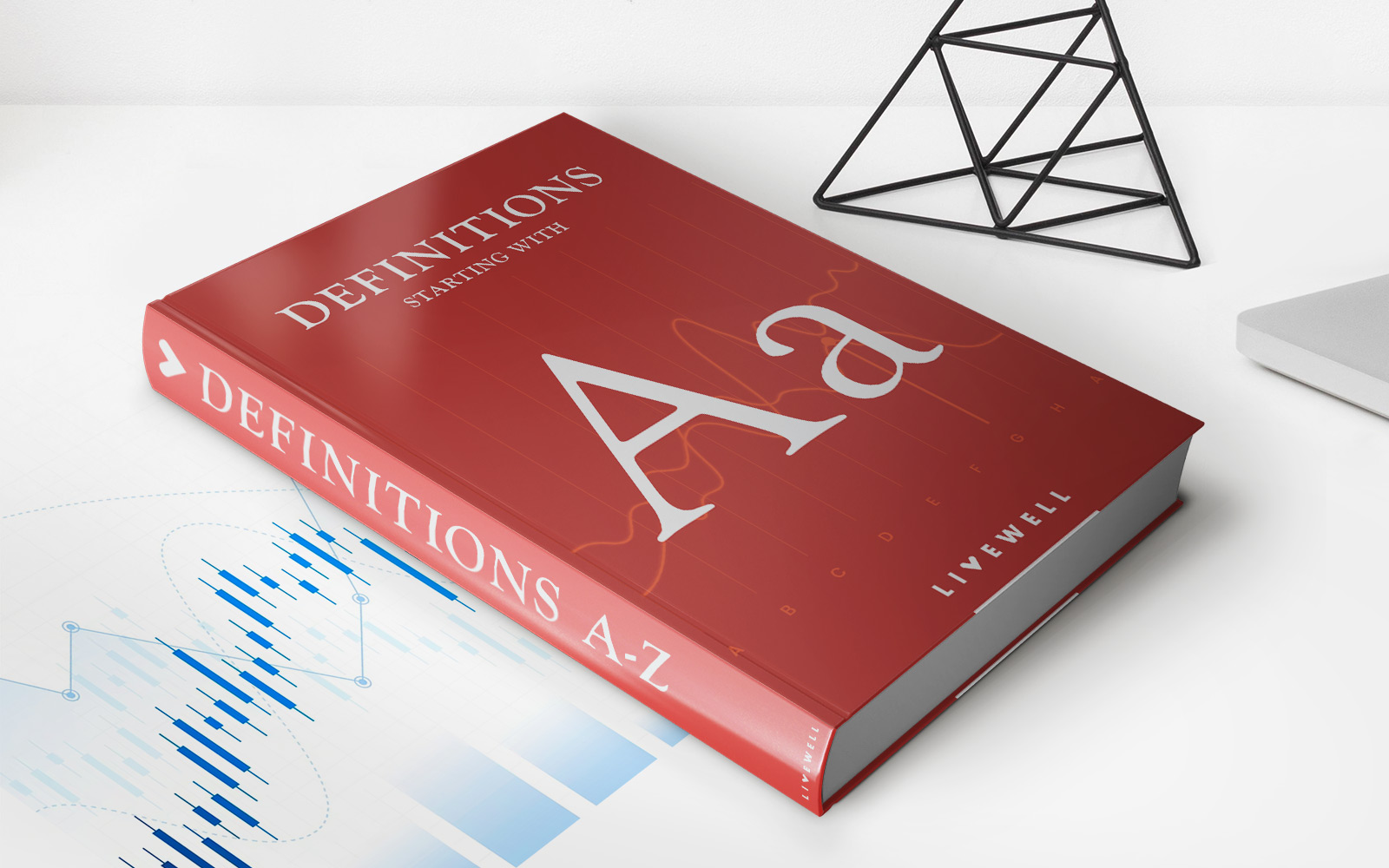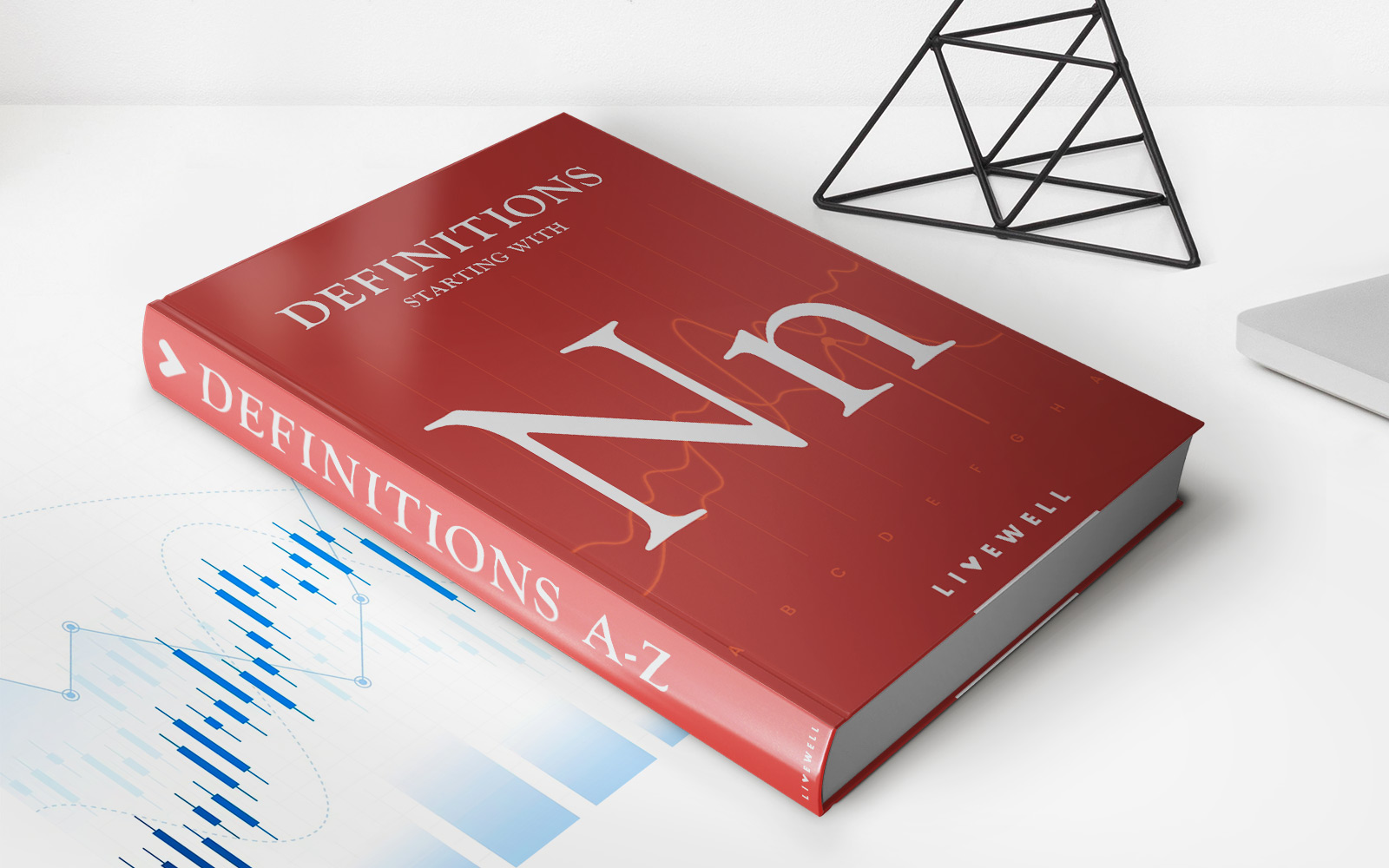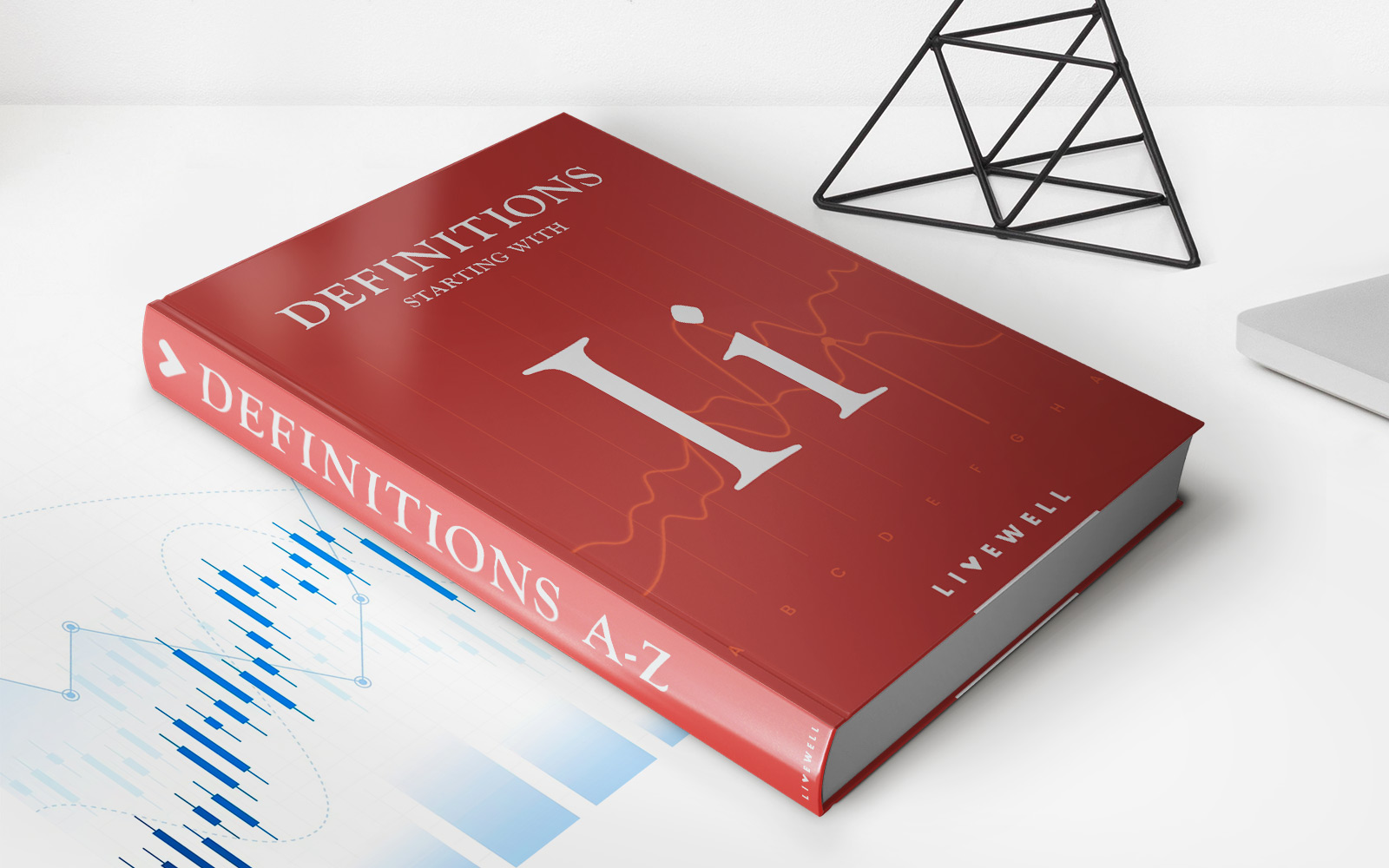

Finance
How To Determine Revolving Credit Utilization
Modified: March 6, 2024
Learn how to calculate and manage revolving credit utilization to improve your financial health. Get expert tips on optimizing your finance strategy.
(Many of the links in this article redirect to a specific reviewed product. Your purchase of these products through affiliate links helps to generate commission for LiveWell, at no extra cost. Learn more)
Table of Contents
**
Introduction
**
Revolving credit utilization is a crucial factor in determining an individual's credit score and financial health. It plays a significant role in assessing a person's ability to manage and responsibly use credit. Understanding revolving credit utilization is essential for anyone seeking to maintain or improve their creditworthiness. This article will delve into the concept of revolving credit utilization, its importance, how to calculate it, and tips to enhance it.
Revolving credit utilization refers to the amount of credit that an individual is currently using compared to the total available revolving credit. This metric is expressed as a percentage and is a key component in credit scoring models. Lenders and financial institutions utilize revolving credit utilization to evaluate an individual's credit risk and financial stability. Maintaining a low revolving credit utilization ratio is generally considered favorable, as it demonstrates responsible credit management and may positively impact an individual's credit score.
Understanding the significance of revolving credit utilization and how it is calculated can empower individuals to make informed financial decisions and take steps to improve their credit health. By exploring the intricacies of this concept and providing actionable tips, this article aims to equip readers with the knowledge to effectively manage their revolving credit utilization and, in turn, bolster their overall financial well-being.
**
What is Revolving Credit Utilization?
**
Revolving credit utilization, often referred to as credit utilization ratio, is a fundamental aspect of personal finance and credit management. It represents the percentage of available revolving credit that an individual is currently using. This type of credit includes credit cards and lines of credit with revolving balances that can be carried from one month to the next, as opposed to installment loans with fixed monthly payments.
When a person uses a portion of their available revolving credit, it impacts their revolving credit utilization ratio. For example, if an individual has a total credit limit of $10,000 across all their credit cards and currently has a combined outstanding balance of $3,000, their revolving credit utilization ratio would be 30% ($3,000 ÷ $10,000 = 0.30, or 30%).
From a lender’s perspective, a lower revolving credit utilization ratio is generally seen as favorable, as it suggests that the individual is not overly reliant on credit and is managing their finances prudently. On the other hand, a higher utilization ratio may indicate financial strain or an increased likelihood of default, potentially leading to a negative impact on the individual’s credit score and overall creditworthiness.
It’s important to note that revolving credit utilization is a dynamic metric that can fluctuate from month to month based on an individual’s credit usage and payments. As such, consistently monitoring and managing this ratio is crucial for maintaining a healthy credit profile.
Understanding the concept of revolving credit utilization provides individuals with the knowledge to make informed decisions regarding their credit usage and overall financial well-being. By comprehending this fundamental aspect of credit management, individuals can take proactive steps to optimize their revolving credit utilization and, in turn, enhance their financial stability.
**
Importance of Revolving Credit Utilization
**
The revolving credit utilization ratio holds significant importance in the realm of personal finance and credit management. It serves as a key indicator of an individual’s financial responsibility and creditworthiness, influencing credit scores and the ability to access favorable lending terms. Understanding the importance of this metric is essential for anyone seeking to maintain a healthy credit profile and secure their financial future.
First and foremost, revolving credit utilization directly impacts an individual’s credit score, which is a numerical representation of their creditworthiness. Credit scoring models, such as FICO and VantageScore, consider the utilization ratio as a crucial factor in assessing a person’s ability to manage credit responsibly. A lower utilization ratio is generally associated with a higher credit score, reflecting prudent financial management and reducing the perceived risk for lenders.
Furthermore, revolving credit utilization plays a pivotal role in shaping an individual’s access to credit and the terms offered by lenders. Lenders often view a low utilization ratio as a positive indicator, potentially leading to lower interest rates, higher credit limits, and increased likelihood of approval for new credit applications. On the other hand, a high utilization ratio may raise concerns among lenders, leading to less favorable terms or even potential denials of credit applications.
Moreover, maintaining a low revolving credit utilization ratio can contribute to overall financial stability and flexibility. It signifies that an individual is not heavily reliant on credit and has the capacity to manage their financial obligations effectively. This can be particularly advantageous during unforeseen financial challenges or when seeking to make significant purchases that require access to credit at favorable terms.
By recognizing the importance of revolving credit utilization, individuals can proactively manage their credit usage to optimize their credit scores and financial well-being. This understanding empowers individuals to make informed decisions regarding their credit utilization, ultimately shaping their financial future and opening doors to various opportunities for financial growth and stability.
**
How to Calculate Revolving Credit Utilization
**
Calculating revolving credit utilization is a straightforward process that involves determining the ratio of the total outstanding revolving credit balances to the total available revolving credit limits. This simple calculation provides insight into an individual’s credit usage and plays a pivotal role in assessing their creditworthiness.
To calculate revolving credit utilization, follow these steps:
- Step 1: Gather Credit Card Balances
- Step 2: Determine Total Available Credit
- Step 3: Calculate Utilization Ratio
- Example Calculation
Collect the outstanding balances on all revolving credit accounts, including credit cards and lines of credit, as reported on the most recent billing statements.
Sum the credit limits of all revolving credit accounts to obtain the total available revolving credit. This includes the combined credit limits of all active credit cards and lines of credit.
Divide the total outstanding balances by the total available credit to obtain the revolving credit utilization ratio. This ratio is typically expressed as a percentage.
For instance, if an individual has a total outstanding balance of $2,000 across all their credit cards and a combined credit limit of $10,000, the revolving credit utilization ratio would be 20% ($2,000 ÷ $10,000 = 0.20, or 20%).
It’s important to note that revolving credit utilization is a dynamic metric that can fluctuate based on credit usage and payments. As such, regularly recalculating this ratio can provide insights into changes in credit utilization and guide individuals in managing their credit more effectively.
By understanding how to calculate revolving credit utilization, individuals can gain valuable insights into their credit usage and take proactive steps to optimize this crucial aspect of their financial health. Monitoring and managing revolving credit utilization empowers individuals to make informed decisions regarding their credit management and work towards achieving a favorable utilization ratio, ultimately contributing to improved credit scores and financial well-being.
**
Tips to Improve Revolving Credit Utilization
**
Optimizing revolving credit utilization is essential for maintaining a healthy credit profile and demonstrating responsible credit management. By implementing strategic measures, individuals can effectively improve their utilization ratio, potentially leading to enhanced credit scores and increased access to favorable lending terms. Here are actionable tips to improve revolving credit utilization:
- Pay Down Balances Regularly
- Request Credit Limit Increases
- Use Multiple Cards Responsibly
- Avoid Closing Unused Accounts
- Monitor and Manage Credit Usage
Consistently paying down outstanding balances on revolving credit accounts can significantly lower the utilization ratio. Aim to make payments that exceed the minimum required amount to expedite the reduction of balances and improve the utilization ratio over time.
Reach out to credit card issuers to inquire about potential increases in credit limits. A higher total available credit can lead to a lower utilization ratio, provided that spending remains disciplined and balances are not increased proportionally.
Distributing purchases across multiple credit cards can help maintain lower individual utilization ratios on each card, ultimately contributing to a healthier overall utilization ratio. However, it’s crucial to manage all accounts prudently and avoid accruing excessive balances.
Keeping unused credit accounts open can contribute to a higher total available credit, thereby lowering the utilization ratio. Closing accounts may reduce the available credit and potentially lead to a higher utilization ratio, especially if balances remain unchanged.
Regularly monitoring credit card balances and staying mindful of credit utilization can aid in making informed spending decisions. By proactively managing credit usage, individuals can work towards maintaining a favorable utilization ratio and overall credit health.
By implementing these tips, individuals can take proactive steps to enhance their revolving credit utilization, ultimately contributing to improved credit scores and increased financial stability. Responsible credit management and strategic utilization optimization can pave the way for better access to credit and favorable lending terms, providing individuals with greater financial flexibility and opportunities for long-term financial well-being.
**
Conclusion
**
Revolving credit utilization stands as a critical component of personal finance, wielding significant influence over individuals’ credit scores and overall financial well-being. Understanding the concept of revolving credit utilization empowers individuals to make informed decisions regarding their credit management, thereby shaping their credit profiles and financial futures.
By comprehending the importance of maintaining a low utilization ratio and implementing strategic measures to improve it, individuals can actively work towards optimizing their credit scores and accessing favorable lending terms. The dynamic nature of revolving credit utilization necessitates regular monitoring and proactive management to ensure that individuals maintain a healthy utilization ratio and, in turn, bolster their creditworthiness.
As individuals navigate their financial journeys, the knowledge and application of effective strategies to enhance revolving credit utilization can serve as a cornerstone for achieving financial stability and flexibility. By paying down balances, responsibly utilizing available credit, and making informed credit management decisions, individuals can work towards securing their financial futures and accessing various opportunities for growth and prosperity.
Ultimately, the ability to manage revolving credit utilization effectively can pave the way for improved credit scores, increased access to credit, and enhanced financial well-being. By embracing the insights and tips outlined in this article, individuals can embark on a path towards optimizing their revolving credit utilization and shaping a more secure and prosperous financial future.














